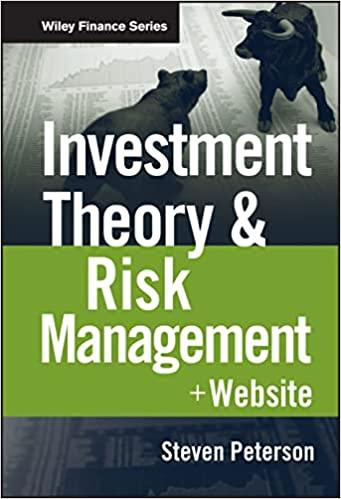Question
1.Which of the following is not one of the steps the auditor must perform to assess control risk at less than high for a financial
1.Which of the following is not one of the steps the auditor must perform to assess control risk at less than high for a financial statement assertion?
A) obtain an understanding of internal control B) identify controls that address all relevant assertions in the financial statements C) make a preliminary assessment of control risk based on the design of relevant controls D) test the operating effectiveness of the controls that must be effective to reduce control risk
2.Which of the following statements about the Sarbanes-Oxley Section 404 internal control reporting requirements for U.S. public companies is not correct?
A) Non-accelerated filers are exempt from all of the Sarbanes-Oxley Section 404 internal control reporting provisions. B) Management of all U.S. public companies must report on their assessment of the effectiveness of the companys internal control over financial reporting. C) Managements annual internal control report is included in its annual report filed with the Securities and Exchange Commission. D) The PCAOBs internal control auditing standard (Auditing Standard No. 5) requires that the internal control audit be integrated with the financial statement audit.
3. Which of the following are relevant to the auditors evaluation of depreciation expense?
A) The assigned useful lives of property, plant and equipment B) The detailed deprecation calculations made by the client C) Analytical relationships between depreciation expense, accumulated depreciation, and fixed asset balances D) All of the above
4. Based on the risk assessment procedures, the auditor determined that there was not a fraud risk related to revenue recognition. What is the auditors most likely response to this determination?
A) Because it is presumed there is a risk of fraud related to revenue recognition, the auditor will perform auditing procedures to respond to that fraud risk. B) The auditor will perform auditing procedures to obtain substantive audit evidence that the fraud risk related to revenue recognition does not exist.
C) The auditor will document the reasons why she believes there is no fraud risk related to revenue recognition, and perform procedures to respond to the assessed risk of material misstatement. D) The auditor will perform procedures to respond to the assessed risk of material misstatement.
Step by Step Solution
There are 3 Steps involved in it
Step: 1

Get Instant Access to Expert-Tailored Solutions
See step-by-step solutions with expert insights and AI powered tools for academic success
Step: 2

Step: 3

Ace Your Homework with AI
Get the answers you need in no time with our AI-driven, step-by-step assistance
Get Started


